Climate action is at a crossroads.
For decades, the world has relied on "top-down" approaches: governments, industry coalitions, and high-level policies aimed at transforming economic systems from above.
Think of sweeping international agreements, corporate pledges, and regulatory frameworks. Meanwhile, "bottom-up" approaches, grassroots, market-driven action from businesses, consumers, and local entities have often played second fiddle, seen as additive rather than transformative.
But the tides are shifting, and here’s why:
Top-down climate action is faltering.
Global pipelines of collaboration, once hailed as the only pathway to sustainability, are fragmenting under the weight of politics, short-termism, and bureaucracy.
Meanwhile, bottom-up initiatives are proving to be not just a viable alternative but a more powerful vehicle for change.
If you’re a business leader, policymaker, or even a consumer, this moment is transformational. Organizations that leave behind caretaker governance and embrace data-driven, market-centred climate leadership will reshape industries and win big in the unfolding "green rush."
Let’s see why top-down is failing, why bottom-up is rising, and what you can do to lead this shift.
Why top-down climate action is breaking apart
There’s no sugarcoating it. Top-down climate action is in trouble. Big promises and big systems are collapsing under their own weight, achieving little more than PR value while the planet races closer to its limits.
1. Industry coalitions are faltering
The biggest institutions that promised change are quietly walking away.
- Major banks like RBC, TD, and Bank of America have left the Net-Zero Banking Alliance. Why? Because aligning with climate goals would actually require restructuring loan books and investments, hard compromises legacy institutions aren’t yet ready to make.
- Similarly, large climate groups like the Sustainable Apparel Coalition (now called Cascale), an industry-only club meant to chart decarbonization in fashion, have struggled to influence action. For years, it’s operated more as a PR exercise than a catalyst for real change.
These failures are no longer isolated; they’re systemic. Even industries that lead the charge in sustainability are now bogged down by performative coalitions that don’t shift market fundamentals.
2. Government actions are paralyzed by short-term politics
Governments set the tone for climate action, or at least they used to. Today, voter politics and economic fears have gutted meaningful progress:
- The U.S. famously stalled under Trump, pulling out of the Paris Agreement, a blow that sent shockwaves across global climate coalitions. And make no mistake: That precedent—of climate plans tied to political winds—still looms.
- Scope 3 emissions (the elephant in the room when it comes to corporate sustainability) lie in regulatory limbo, their enforcement perpetually delayed. Global governments continue to avoid the tough questions around value-chain emissions, leaving critical tools needed for end-to-end decarbonization on the sidelines.
- Even international frameworks struggle with relevance. The Paris Agreement’s commitments, though historic, depend on voluntary adherence. And voluntary alignment—spoiler alert: doesn’t pay the bills when electorate rhetoric fears job losses.
The short-term political cycle, measured in election wins, is fundamentally mismatched with the multi-decade transformations climate action requires.
3. The reporting trap is real
Combine coalition setbacks with weak government action, and one outcome becomes painfully clear: Organizations are dumping billions into reporting carbon footprints instead of actually reducing them.
Reports are valuable, don’t get me wrong.
But spending millions measuring a carbon footprint you’re doing very little to reduce feels increasingly tone-deaf. This imbalance is the legacy of top-down governance: prioritize optics and compliance, even when little bottom-line impact is achieved.
How bottom-up fundamentals will win the climate race
So, what’s the alternative? It’s time for businesses, industries, and countries to shift their spending and focus from theatrical reporting to bottom-up climate action.
Companies that do this will not only decarbonize faster but position themselves as leaders in what I call the "green rush," the competitive race to market fundamentals shaped around sustainability and low-carbon economies.
Here’s why bottom-up approaches are reshaping the field.
1. Market demand for low-carbon products is real—and growing
Let me give it to you straight: If your business doesn’t prioritize low-carbon solutions, you’re falling behind. Not 10 years from now. Right now.
- Consumer demand for low-carbon products is already up YOY and isn’t slowing down. Younger generations (Millennials and Gen Z) make buying decisions guided by environmental impact, and their purchasing power is only growing.
- Expansion into markets like Europe, where stricter emissions rules and eco-conscious buyers dominate, is impossible without meeting baseline low-carbon thresholds. And trust me, if you’re not global, you’re not competitive.
Even valuation metrics for products and companies are shifting. Legacy high-carbon assets—from coal plants to gas-guzzling vehicle fleets—aren’t just stagnant; they’re losing value.
2. First movers secure decades of advantage by avoiding the green surcharge
Here’s a lesser-discussed fact: Early adopters of low-carbon solutions lock in massive long-term surpluses by securing a stronger foothold before costs spike.
- Low-carbon commodities, products, and assets will have limited supply in the short term. A “green premium” will form—think higher prices for lower carbon—but businesses that invest now can circumnavigate this surge.
- Consider this: What would the Tesla of your industry look like? Tesla didn’t just meet environmental needs; it reset consumer and industry expectations while the laggards scrambled. That’s the playbook.
3. This moment belongs to millennials and Gen Z
Why should you pay attention to younger generations? Because their values will shape your bottom line—whether or not you welcome it.
By the 2030s, Millennials and Gen Z will dominate workforce demographics and corporate leadership. They’ve grown up watching greenwashing and performative efforts drag climate action in circles. They won’t repeat those mistakes.
Caretaker governance is dead; transformational governance is next.
These generations will favour businesses that act rather than report, cultivating cultures of measurable, decisive climate leadership.
4. Data centers are the canary in the coal mine
Want a blueprint for how bottom-up decarbonization changes everything? Look no further than the booming data center market.
- As AI, cloud computing, and machine learning explode, thousands of data centers are popping up worldwide.
- But here’s the kicker: Businesses and investors are already prioritizing low-carbon data centers, knowing anything else will tank in long-term value.
The same markets shaping data centers will soon shape every global industry. The companies securing their carbon credentials now won’t just avoid risk; they’ll increase valuations by leveraging bottom-up decarbonization as a competitive edge.
So, what’s the path forward?
Here’s my advice to business leaders: It’s time to kill caretaker governance and rework the sustainability “reporting budget” to focus on the fundamentals:
- Move beyond optics: Stop spending millions on compliance-driven reporting that doesn’t reduce carbon. Instead, repurpose that budget to redesign products, supply chains, and customer relationships around low-carbon principles.
- Think long-term leadership: The green market revolution is inevitable—whether some resist it or not. Don’t wait for regulations; act before competitors even realize the shift is happening.
- Embrace bottom-up fundamentals: Let local initiatives, consumer preferences, and market trends lead the charge.
This is the green rush, my friends, a seismic shift in business as usual.
Play it right, and you’ll not only thrive under the demands of tomorrow but define what tomorrow looks like for everyone else.
It’s no longer a question of if. The only question is how fast you’ll act while others are still writing reports.
Are you ready to claim your place in the new bottom-up business era?
Let’s make it happen.
Measure your carbon emissions with Arbor
Simple, easy carbon accounting.
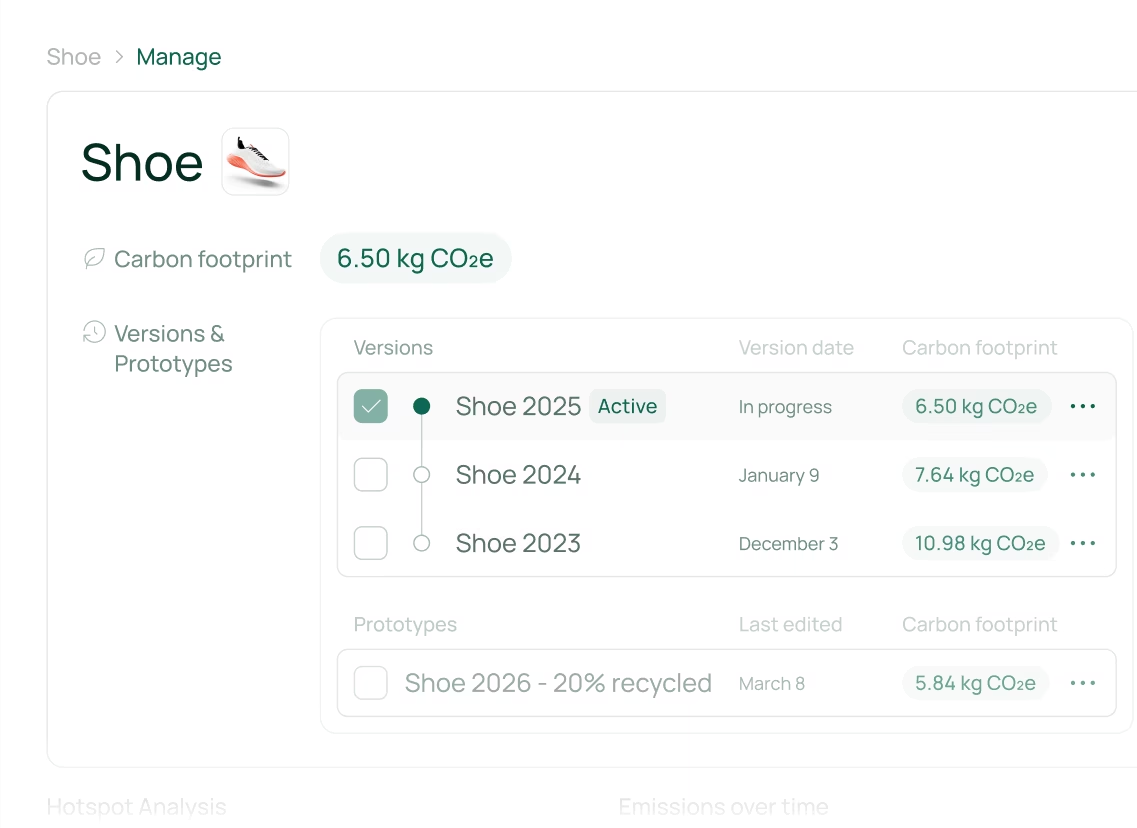


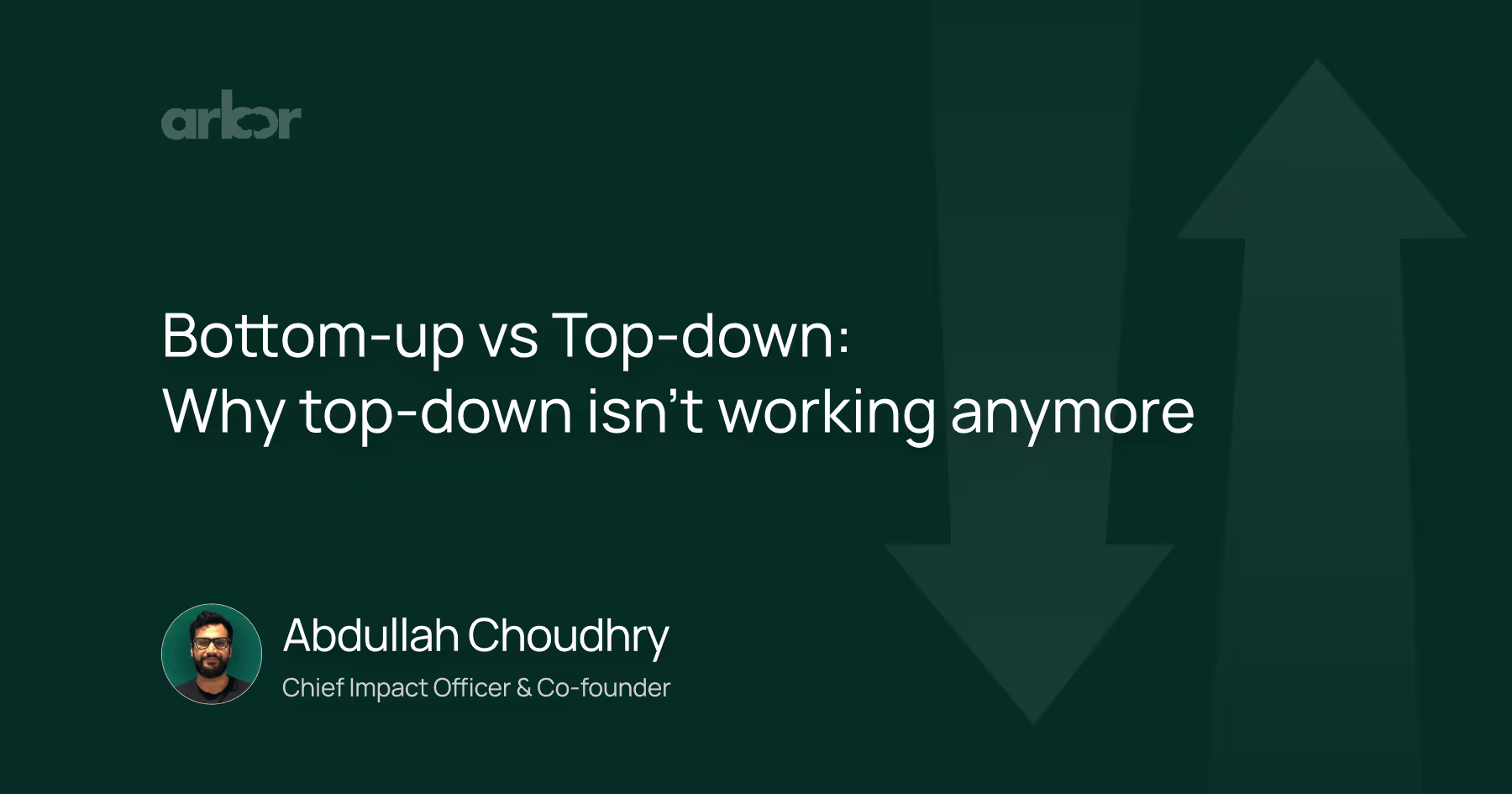

.webp)
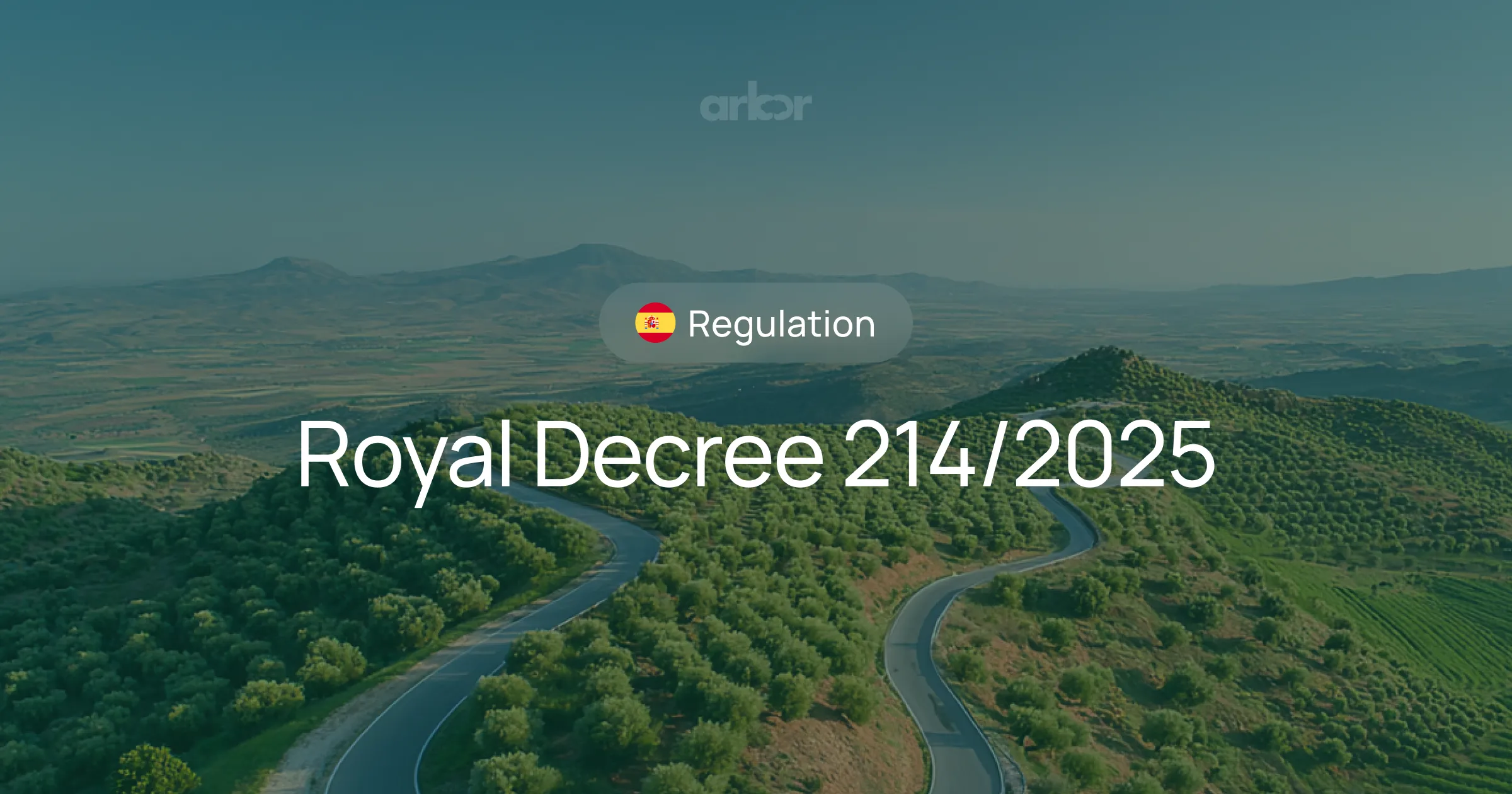


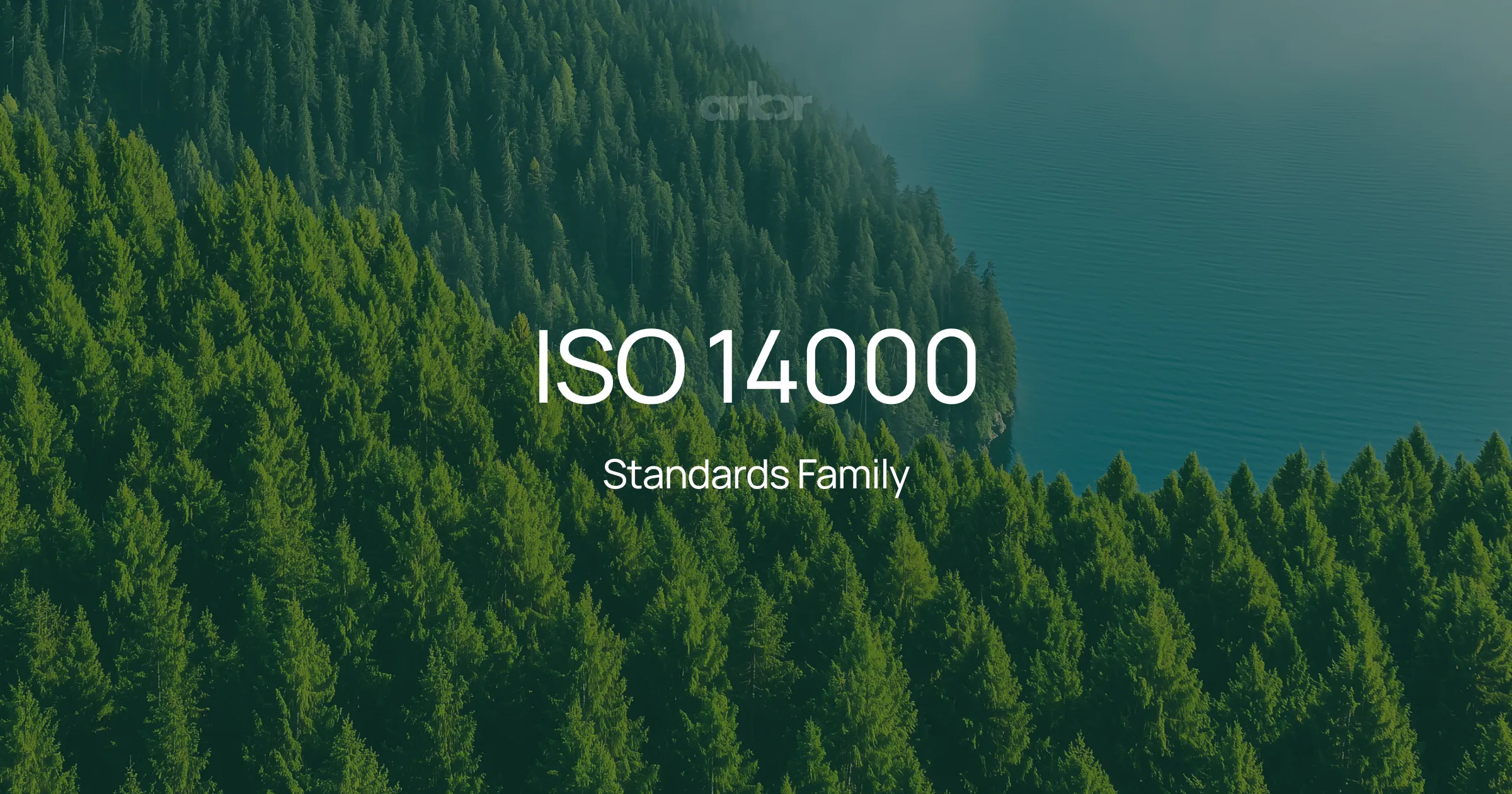
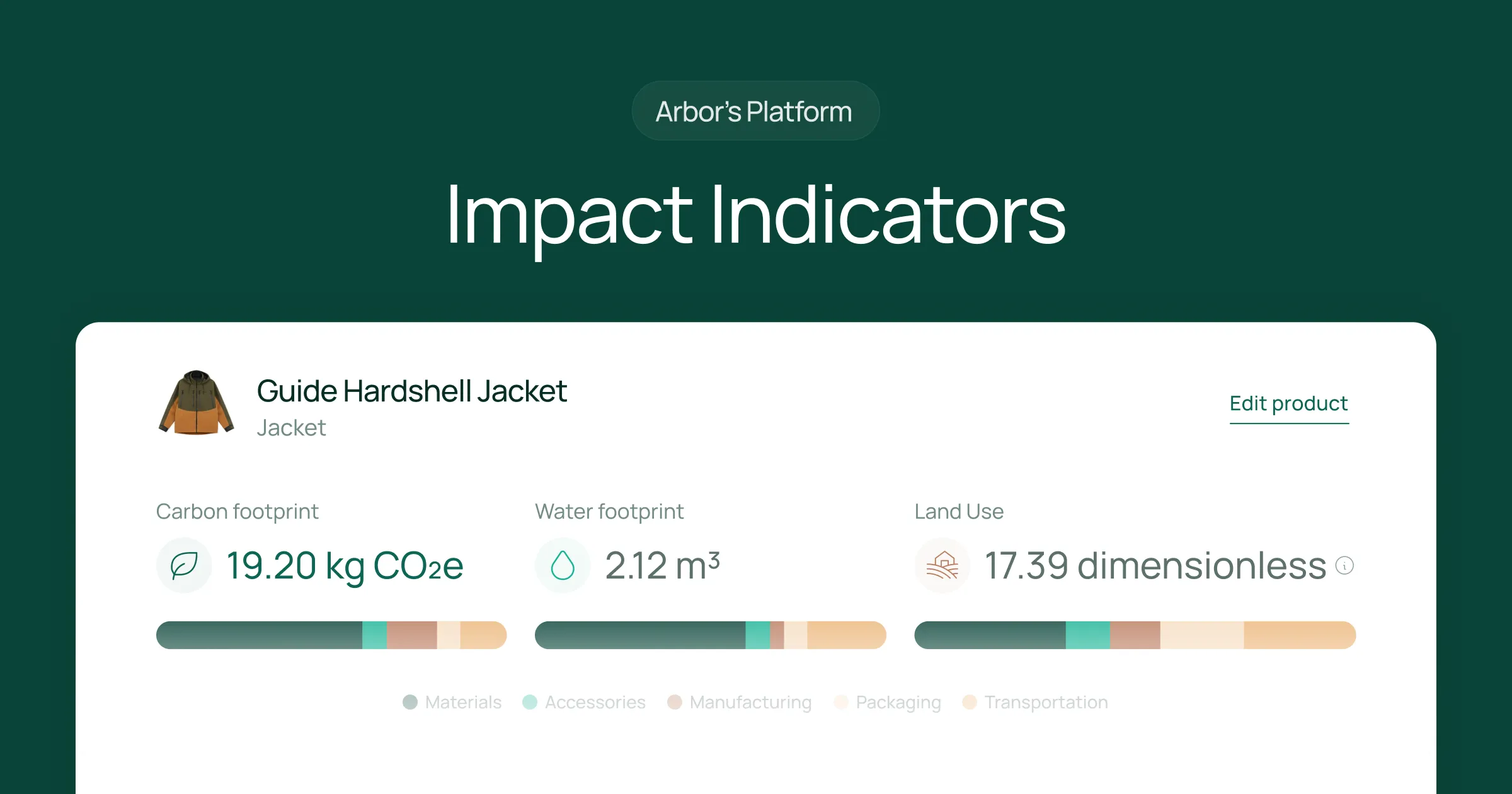
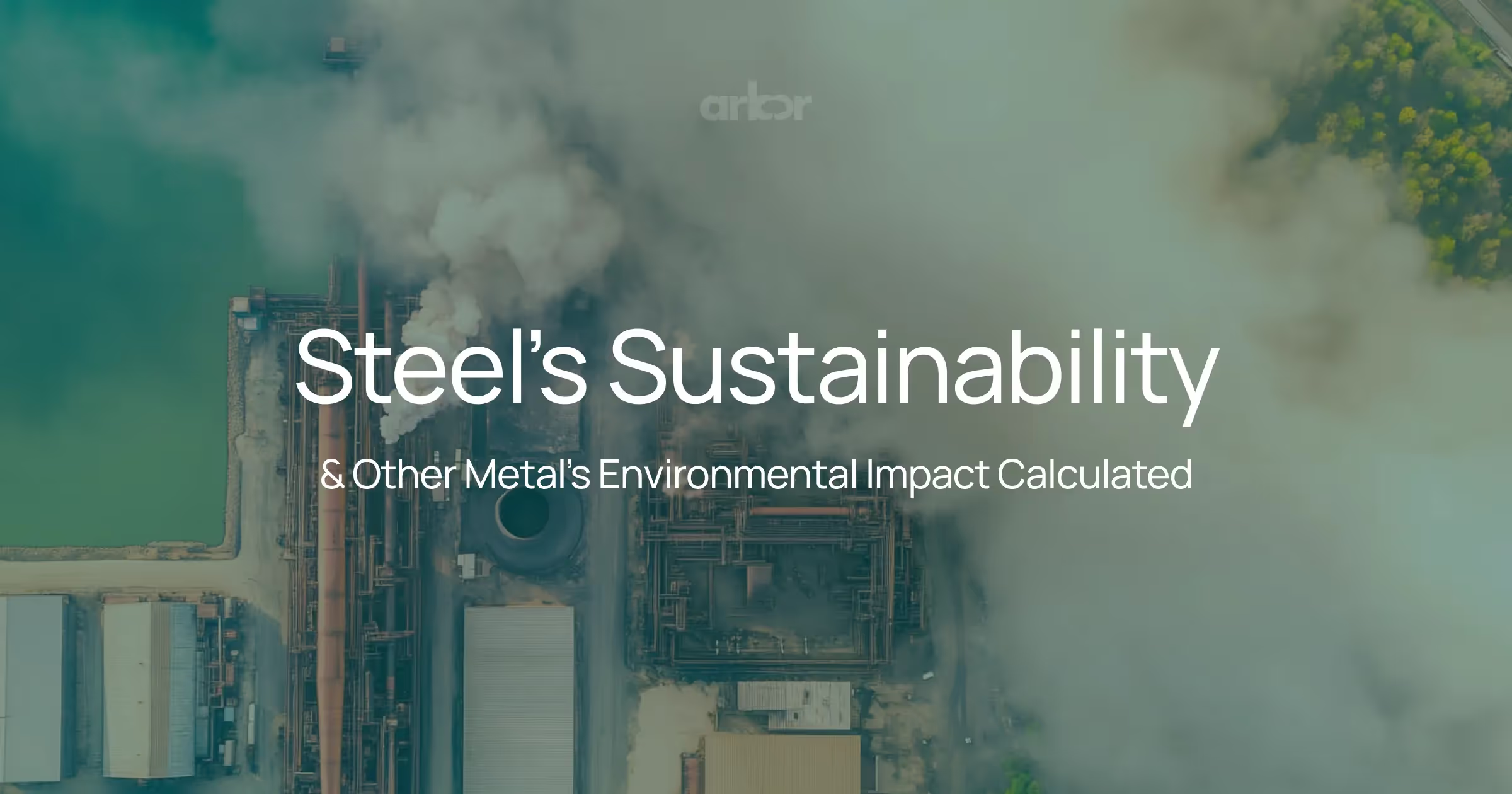


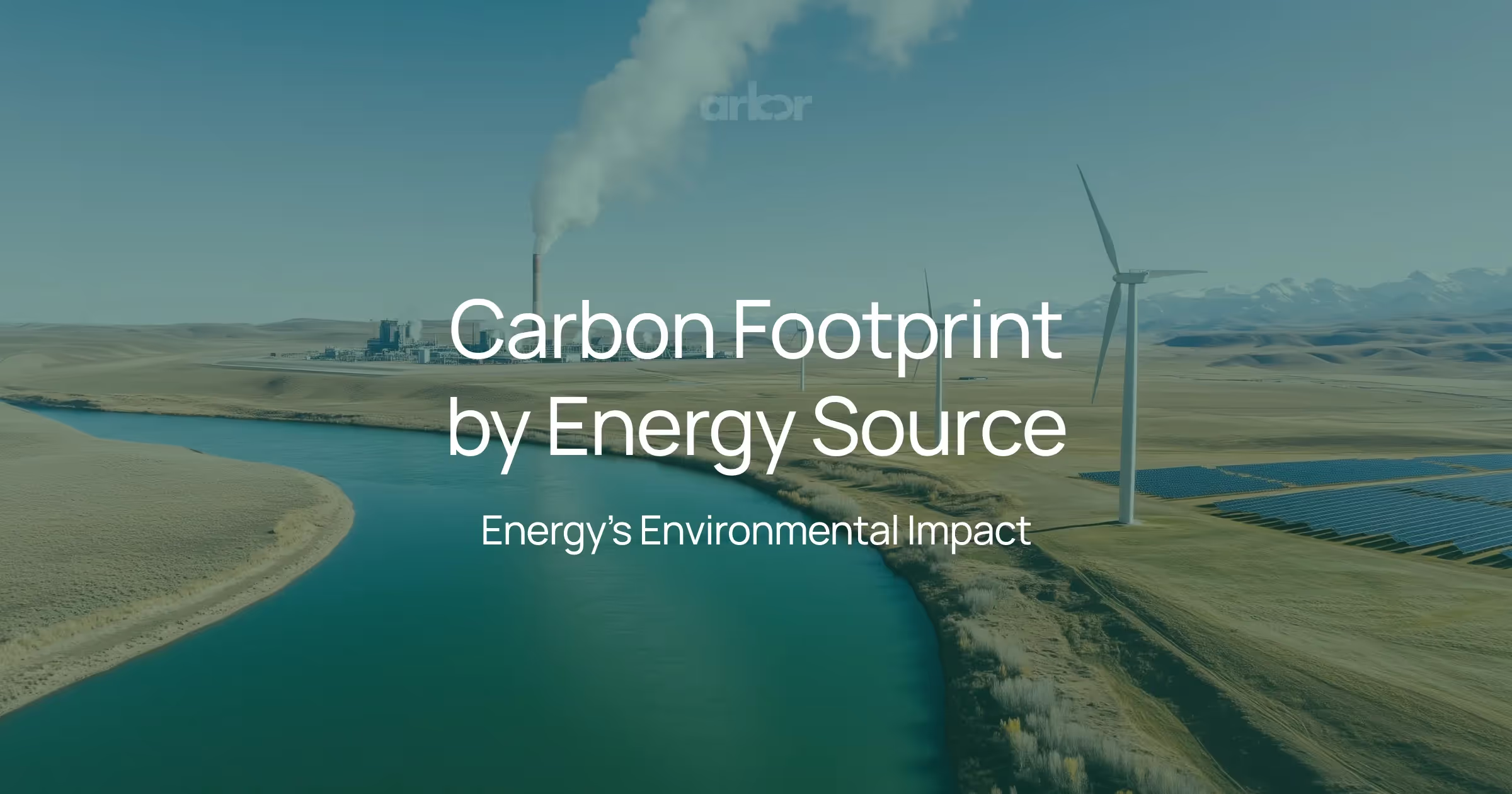


%20Arbor.avif)
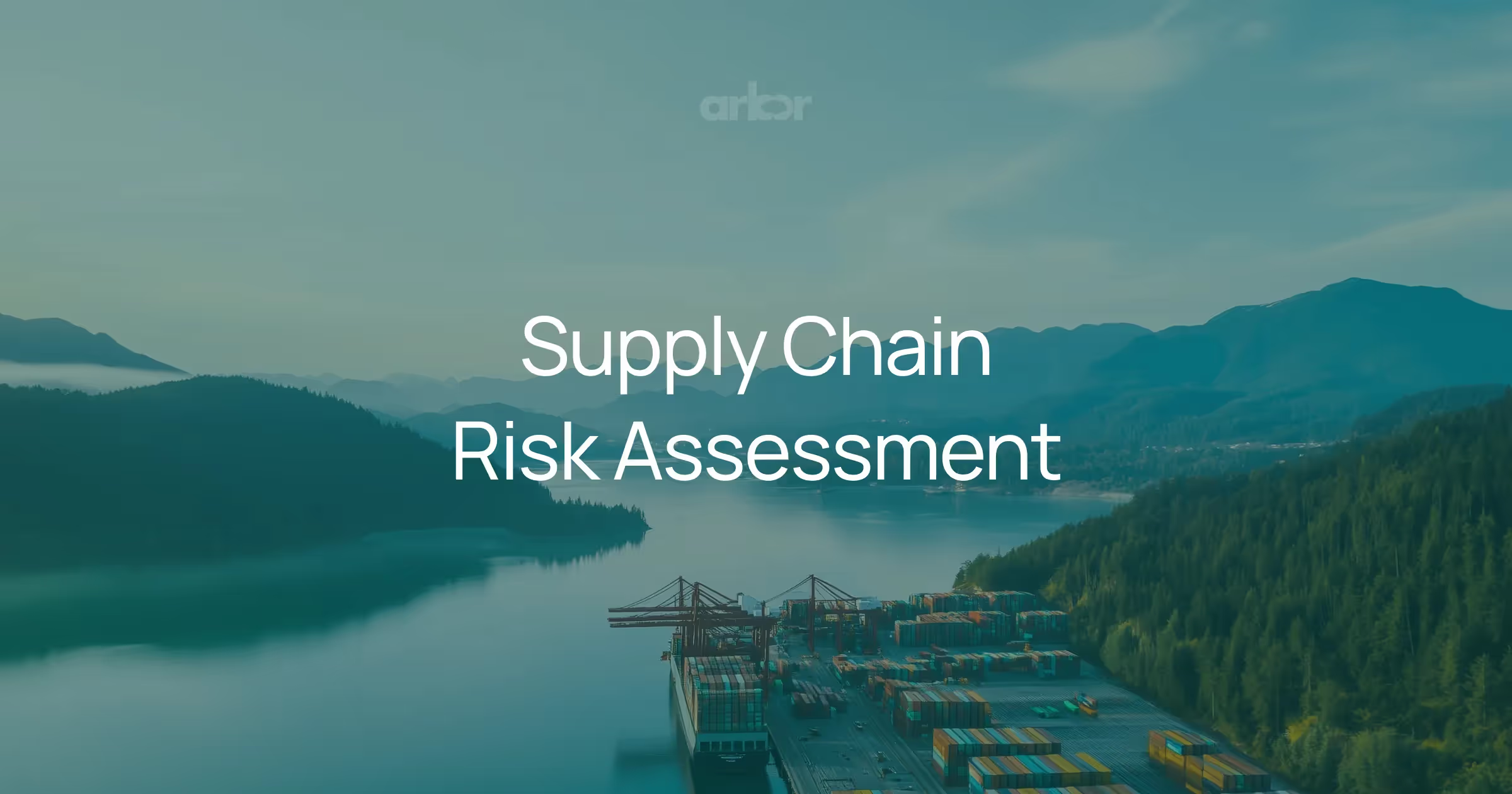
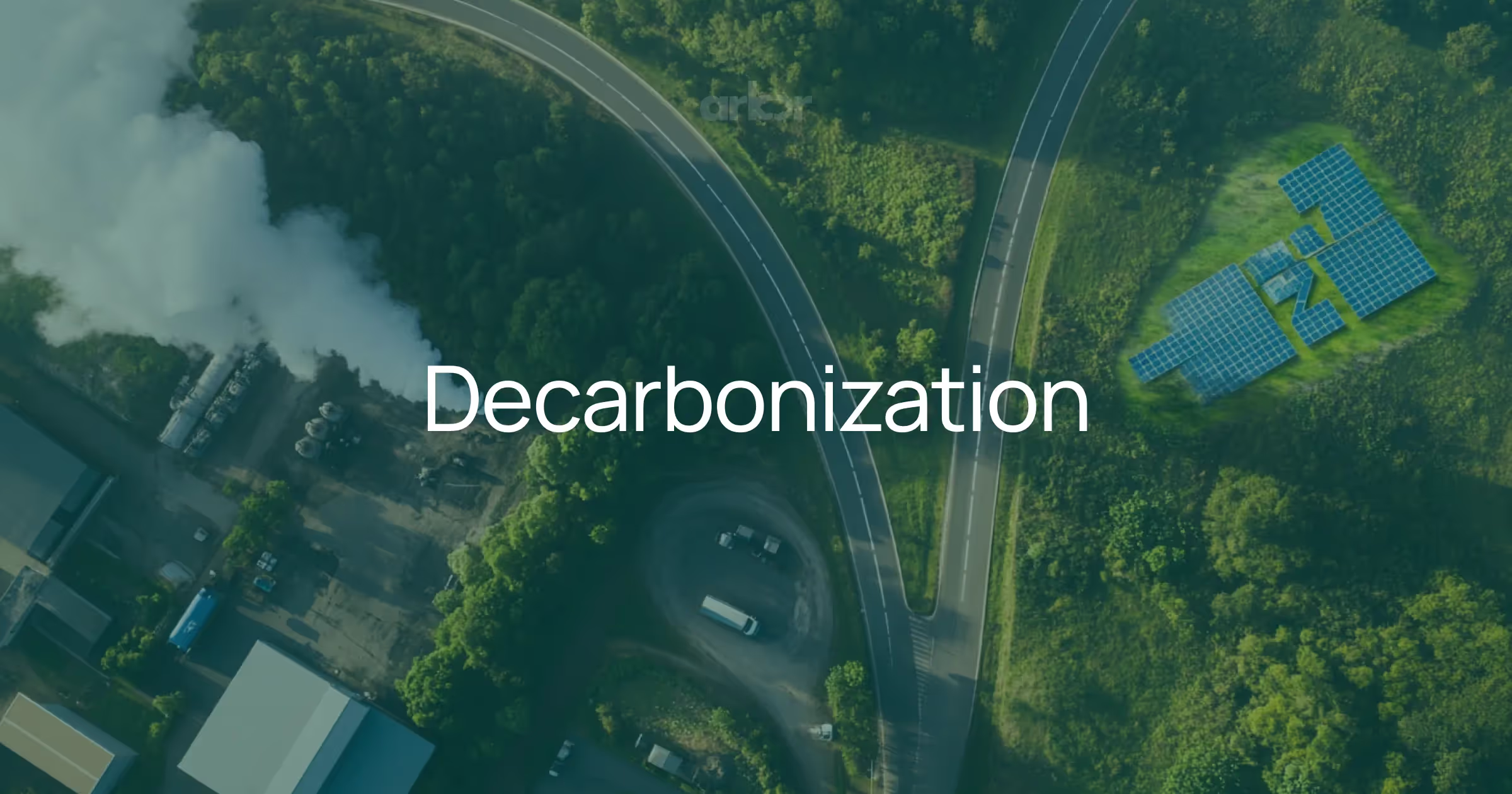



%20Arbor.avif)
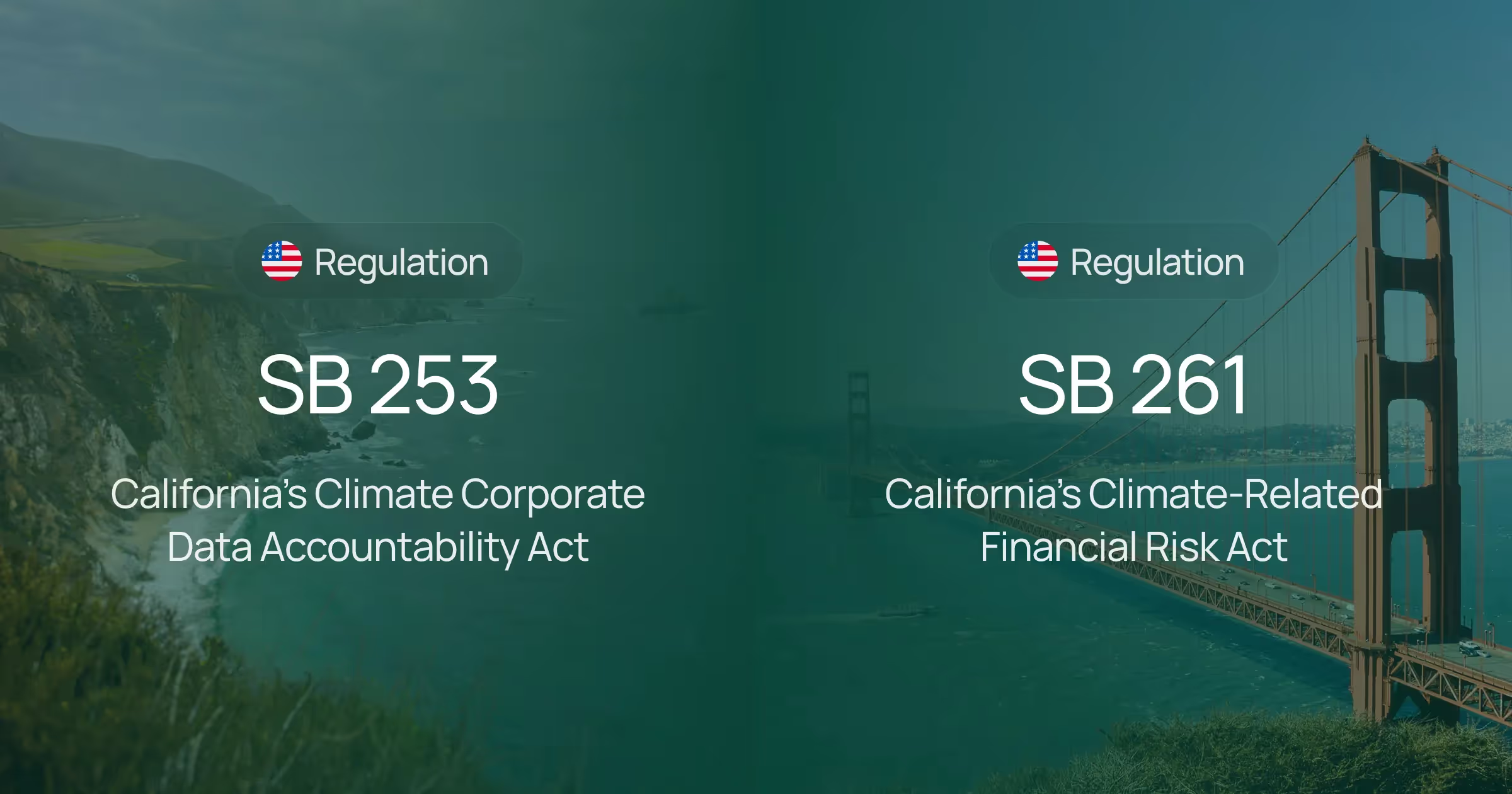

.avif)
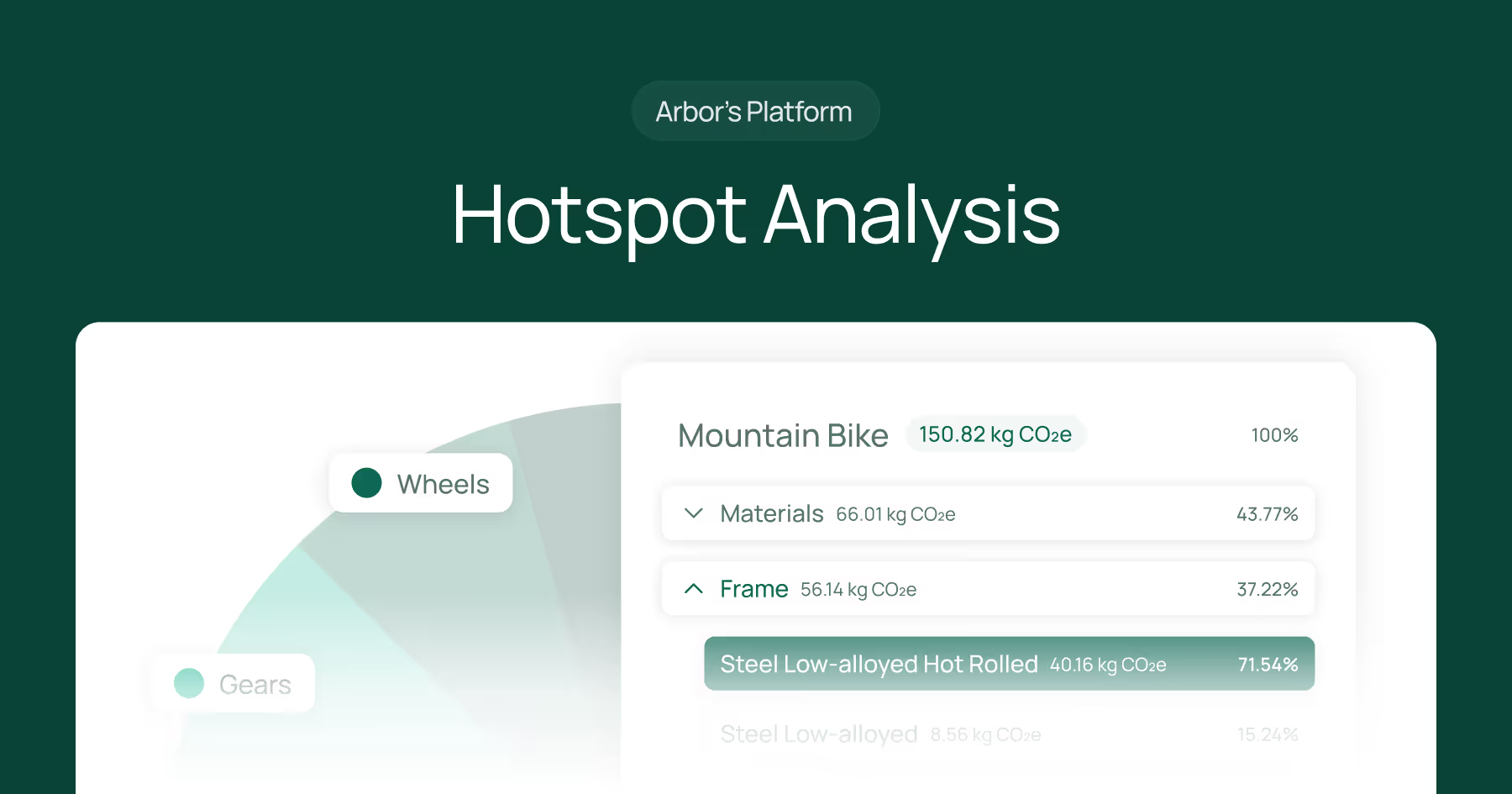

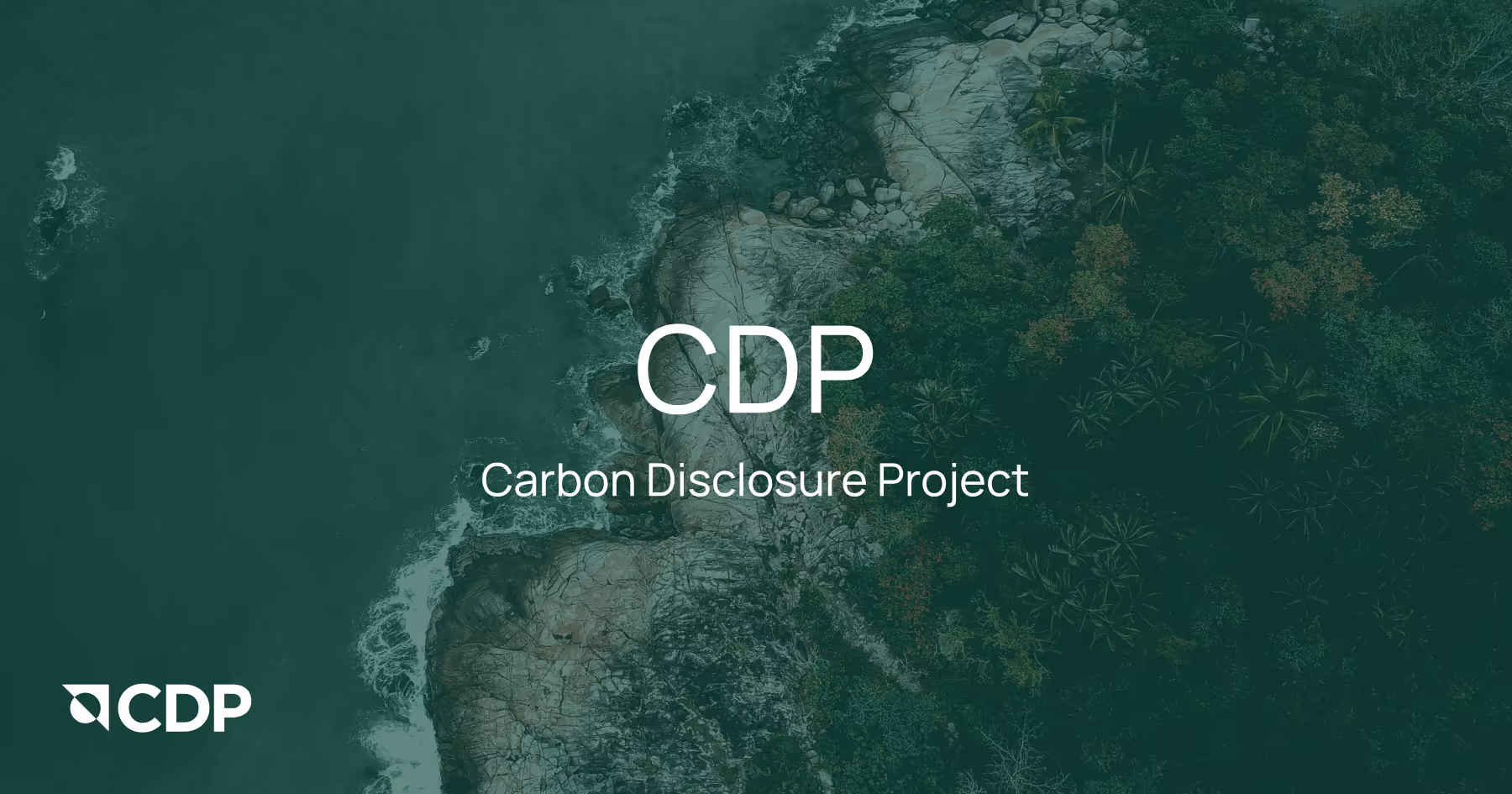
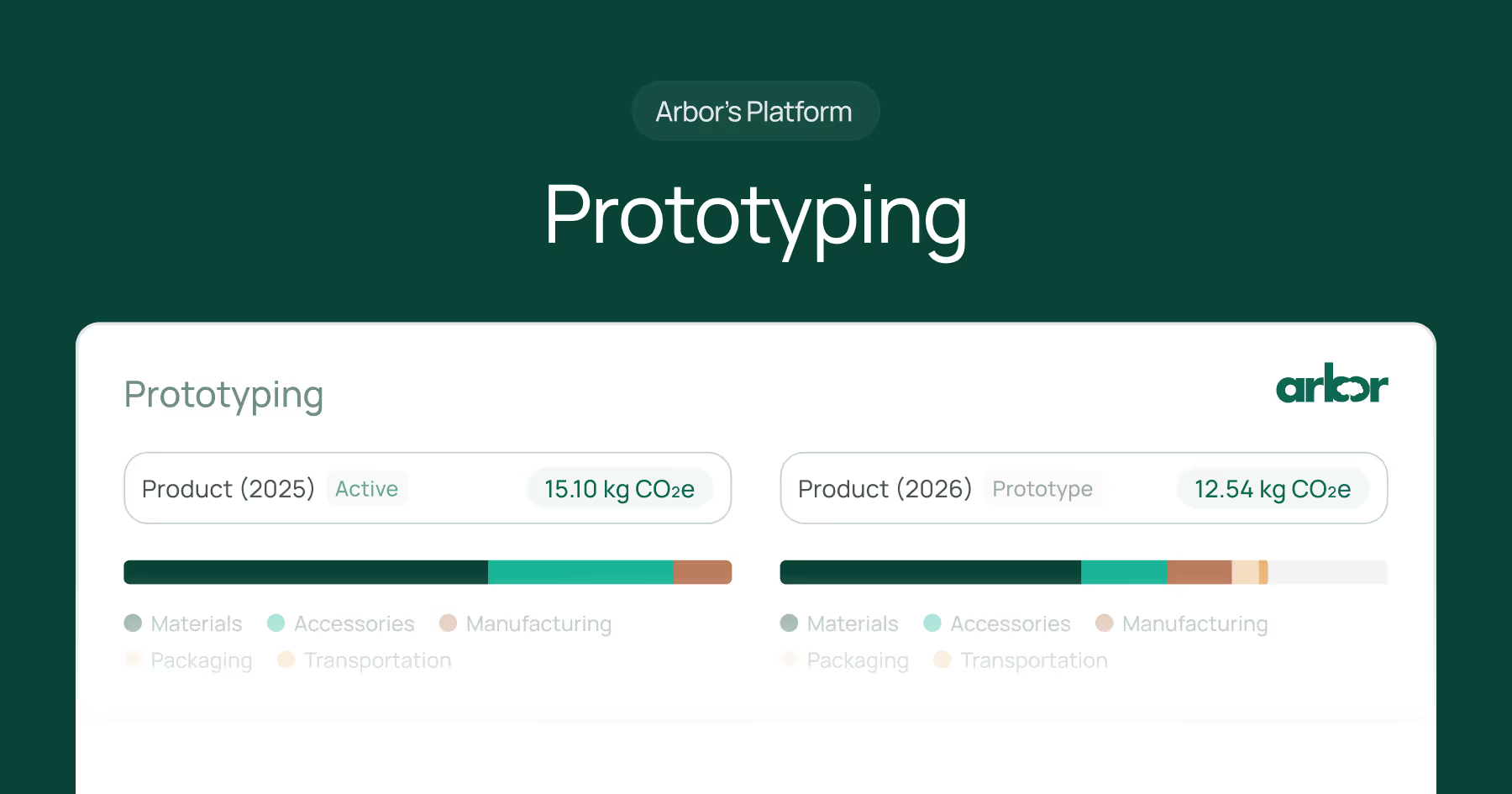


%20Arbor%20Canada.avif)
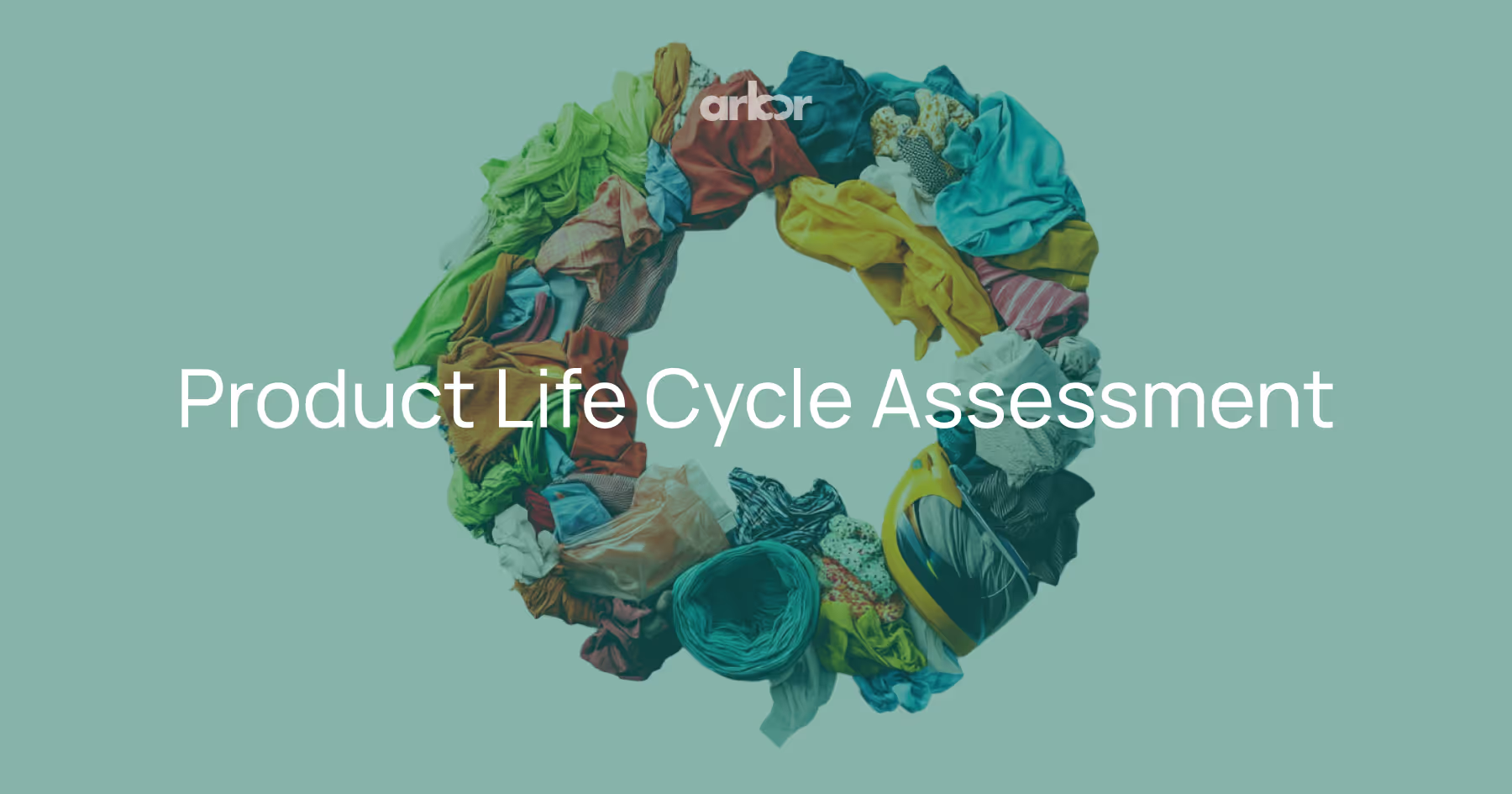
.avif)
%20Arbor.avif)
.avif)


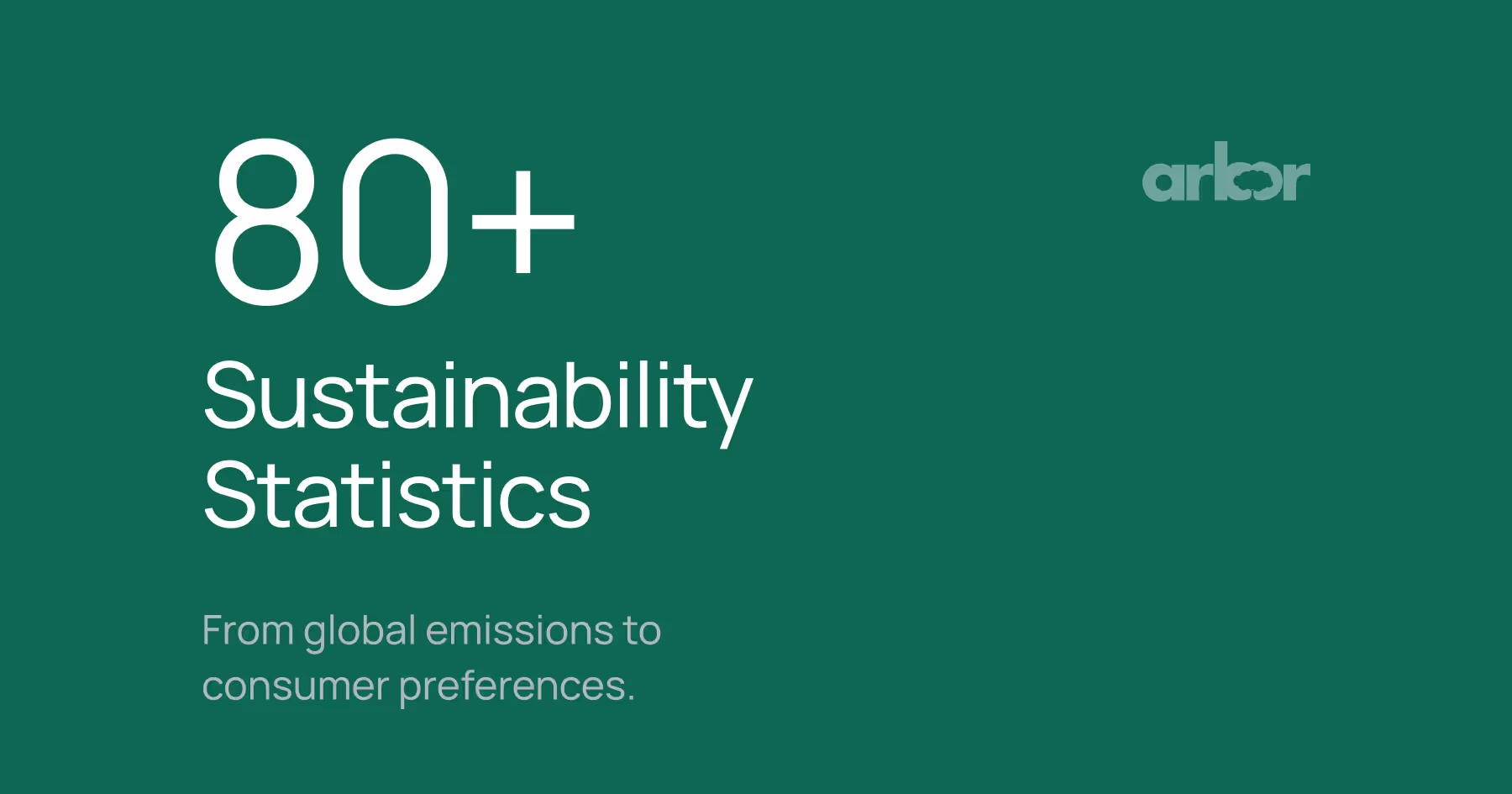


_.avif)
.avif)
%20Arbor.avif)




%20Software%20and%20Tools.avif)





.avif)
.avif)
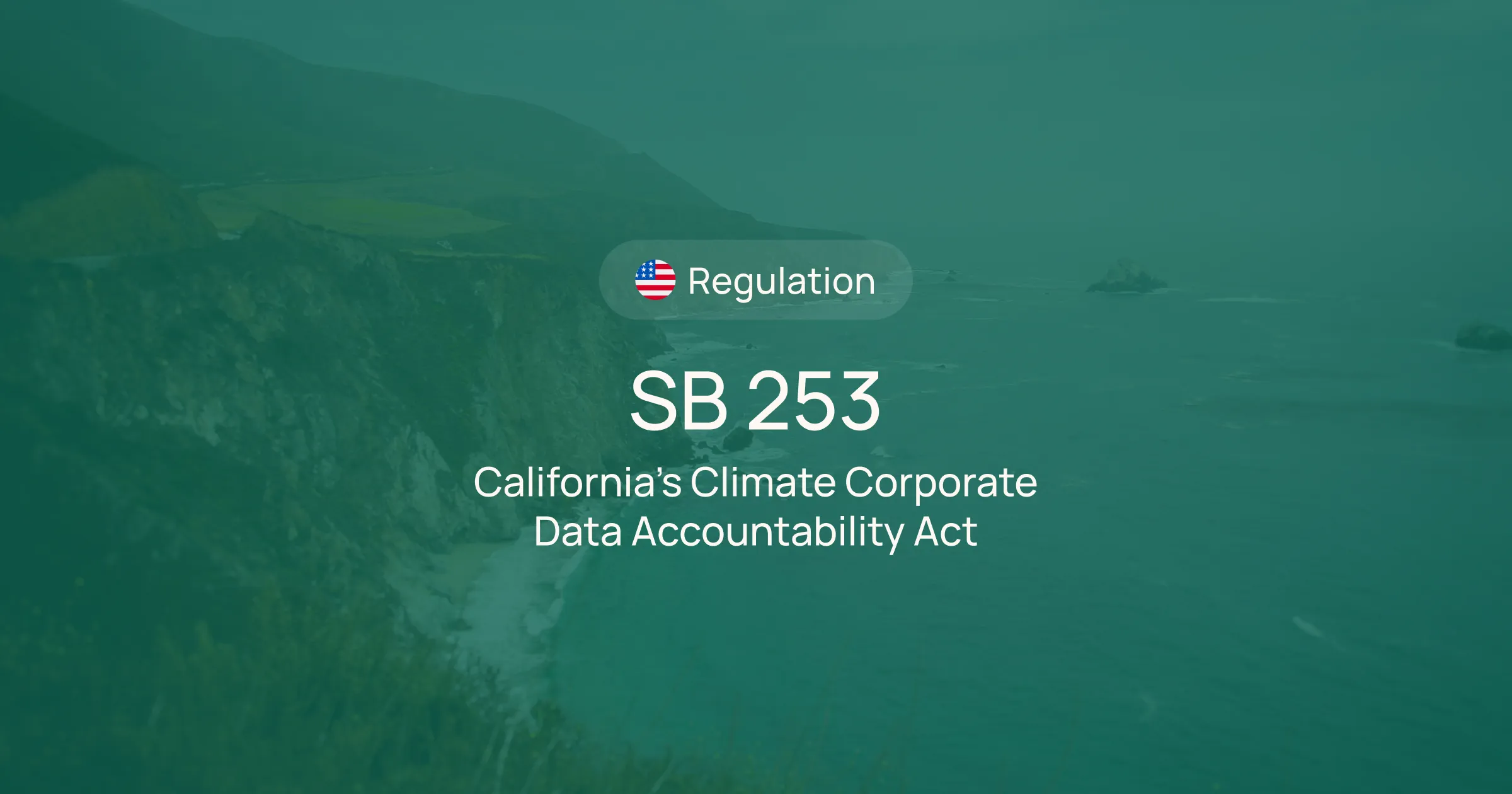



%20EU%20Regulation.avif)







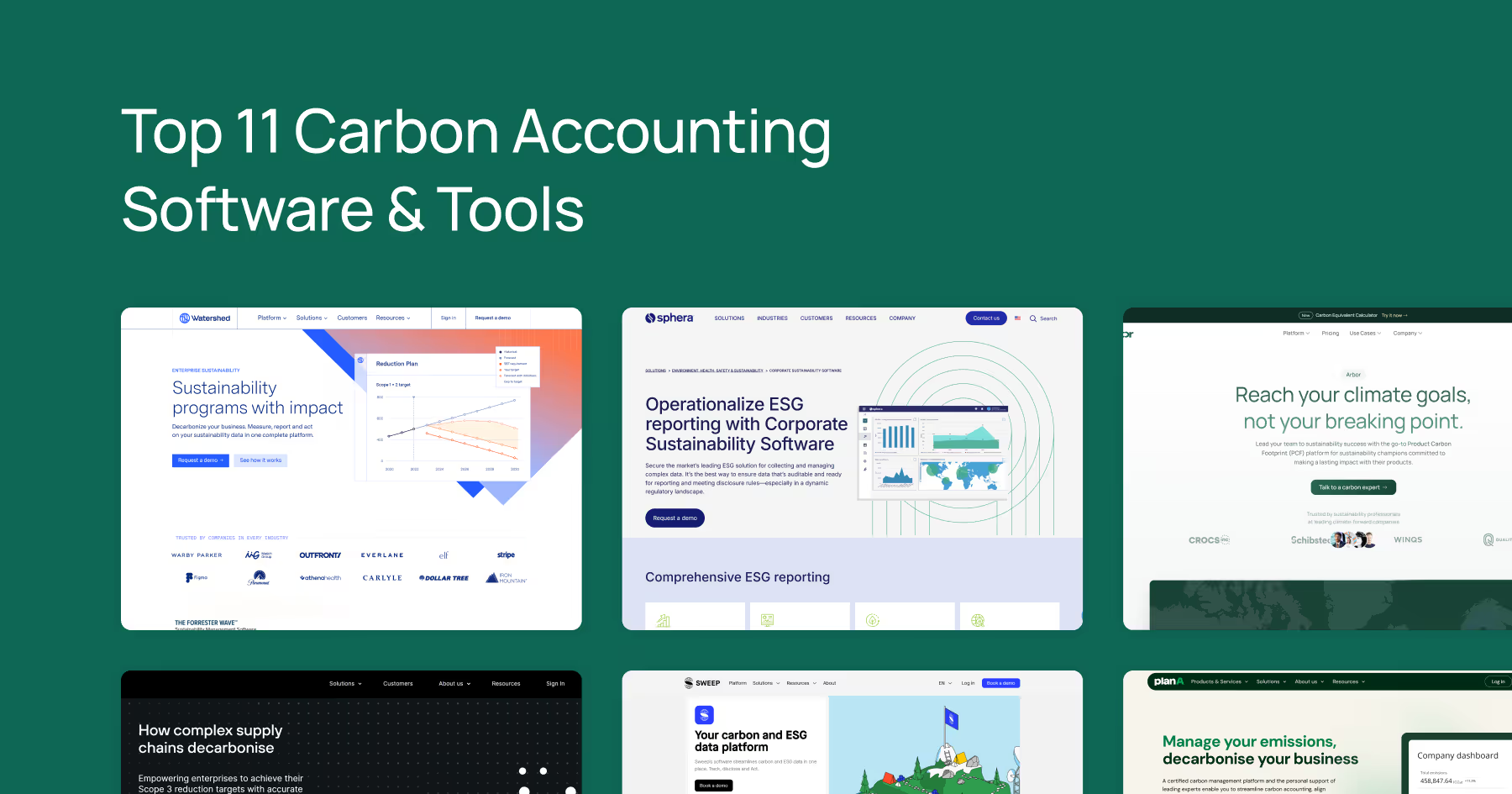




.avif)


%20Arbor.avif)









_%20_%20Carbon%20101.avif)







.avif)

.avif)
.avif)



.avif)








